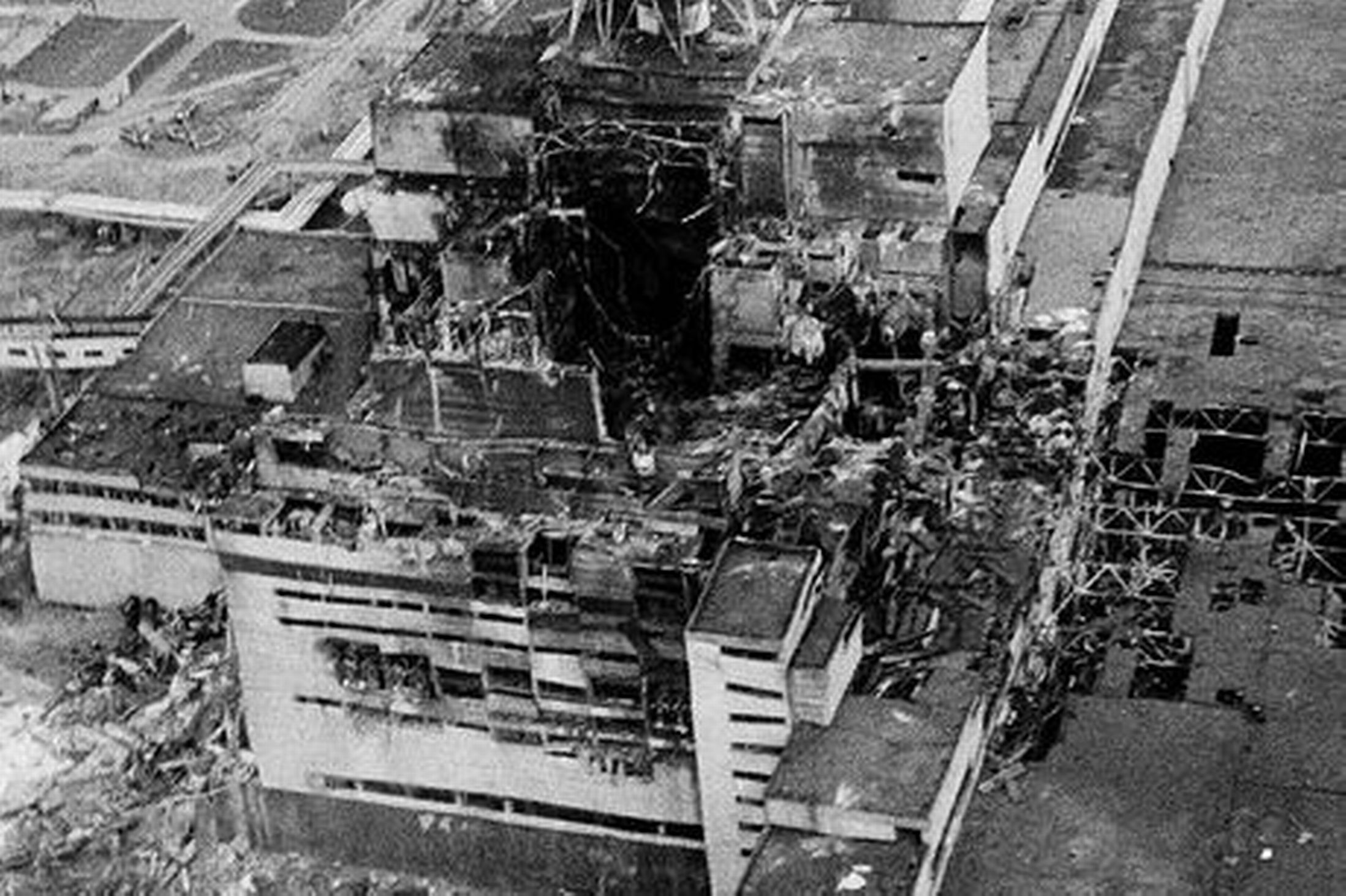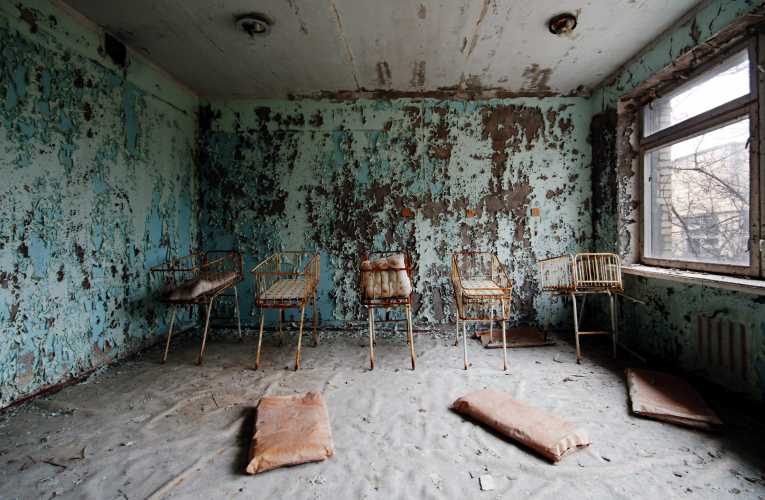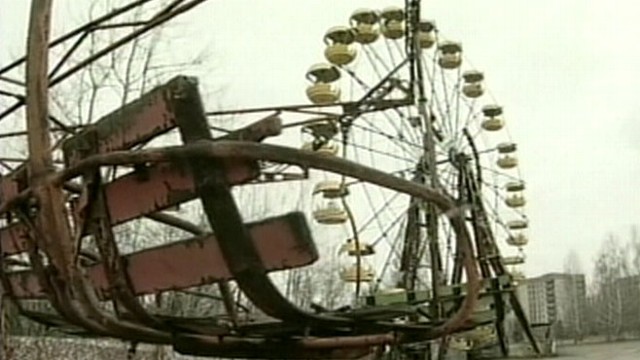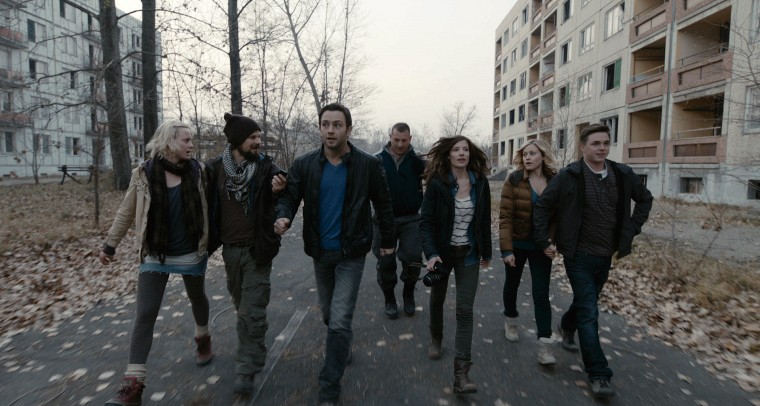Pripyat is a city in Russia that was founded on 4 February 1970, and became the ninth nuclear city in the Soviet Union, although it would not be until 1979 until Pripyat was officially proclaimed a city. The city boasted a population of up to 49,360 where many of the residents where employed by the nearby Chernobyl Nuclear Power Plant. The city contained three clinics, ten gyms, three indoor pools and a railway station. The residents of Pripyat enjoyed a healthy community and a good life, which was until 26 April 1986.
The Chernobyl Nuclear Power Plant had scheduled a test the day prior to test the emergency core-cooling feature, something that took place during a normal shutdown procedure. Seven seconds after the shutdown was actioned, the 1,000-ton cover was blown off reactor number four. This led to a chemical explosion that killed two employees immediately as well as releasing highly radioactive material into the atmosphere. To compare the seriousness of the explosion, it was 400 times higher than the atomic bombing of Hiroshima. The cause of the explosion has been cited to human error as employees had undertaken unauthorised actions when running the tests. People within Pripyat carried on with their daily business completely unaware of what was happening around them. People were sitting in bars, children played in the park and people worked as they slowly breathed in the radioactive air.
Residents residing in the area of Chernobyl were evacuated via bus within 36 hours of the accident, a month later it was reported that 116,000 people had been relocated. The pace of the evacuation was not quick enough to stop the effects of the explosion. In the aftermath, 237 people suffered from acute radiation sickness, with 31 of these people passing away within the first three months. The people who suffered from the illness mostly consisted of those who were working for the emergency services. There was also concerns about the explosion’s effect on the surrounding environment. The Pripyat River was nearby and people were worried about drinking water being contaminated. Four square kilometres of nearby pine forest also fell victim to the explosion, which turned a reddish brown, earning it the haunting name of the “Red Forest.”
The explosion was not revealed until two days later, with the Kremlin only releasing vague details of what was occurring in the Chernobyl disaster. This eventually led to the falling of the Soviet Union. Then-Soviet leader, Mikhail Gorbachev denied there was any cover up of the accident, stating that they did not know what was happening. Following the criticisms, journalists were suddenly given a pass to speak to nuclear officials and doctors who were treating victims of the explosions.
The horror of the accident is not just the explosion itself, it is everything that goes with it. Pictures show a ghost town where once stood a vibrant community. The criticism of those in charge at the time of the accident strikes fear into those who realise that a bigger explosion would have meant a bigger consequences. It also shows the damage that can be done with the dangerous materials being handled and the effects on human life when they are not handled in the correct manner.
The area now bares the scares of that unfortunate day. The nearby buildings decay in a lonely atmosphere, while possession of those who lived there still remain, anything of any worth was taken by looters at the time. Families who used to reside in Chernobyl still visit to remember the good days, and are still hurt by what took place on 26 April, 1986. Despite the radiation levels dropping in the last 28 years, they still remain too high for anyone to reside in the city of Pripyat or nearby.
Although deemed uninhabitable, there are those who returned to the city they love. Around 1,200 returnees, known as “self-settlers” returned within three months of being relocated, despite the concerns of the authorities. Most of the residents are now in their eighties and nineties, and only around 230 of those residents are left.
The accident has been referenced in televisions shows such as “The X-Files,” where the episode “The Host” features a mutant creature called “Fluke-Man” that was carrying sewage during the accident. The most notable movie is the 2012 horror, “Chernobyl Diaries.” Rather than tell the story of the disaster, it adds fiction in that the area is now infected by mutant beings, which attack a group of tourists on an unofficial tour. The movie was deemed insensitive to those who died in the accident by the Friends of Chernobyl Centers U.S. The movie was also slated by critics due to its lack of suspense and clichés.




